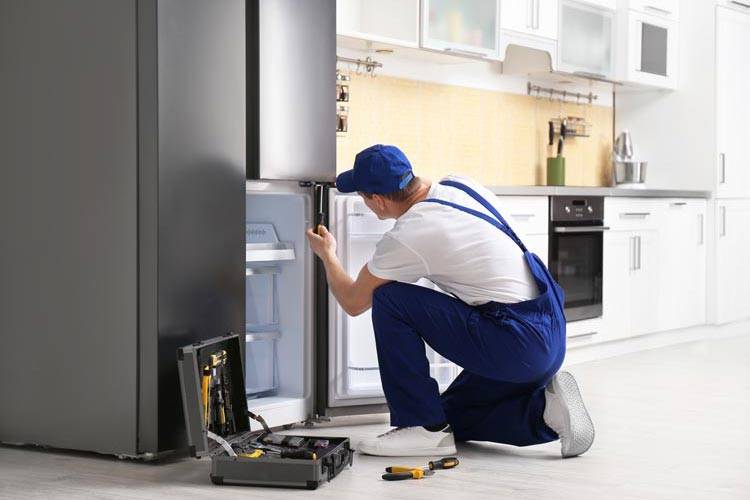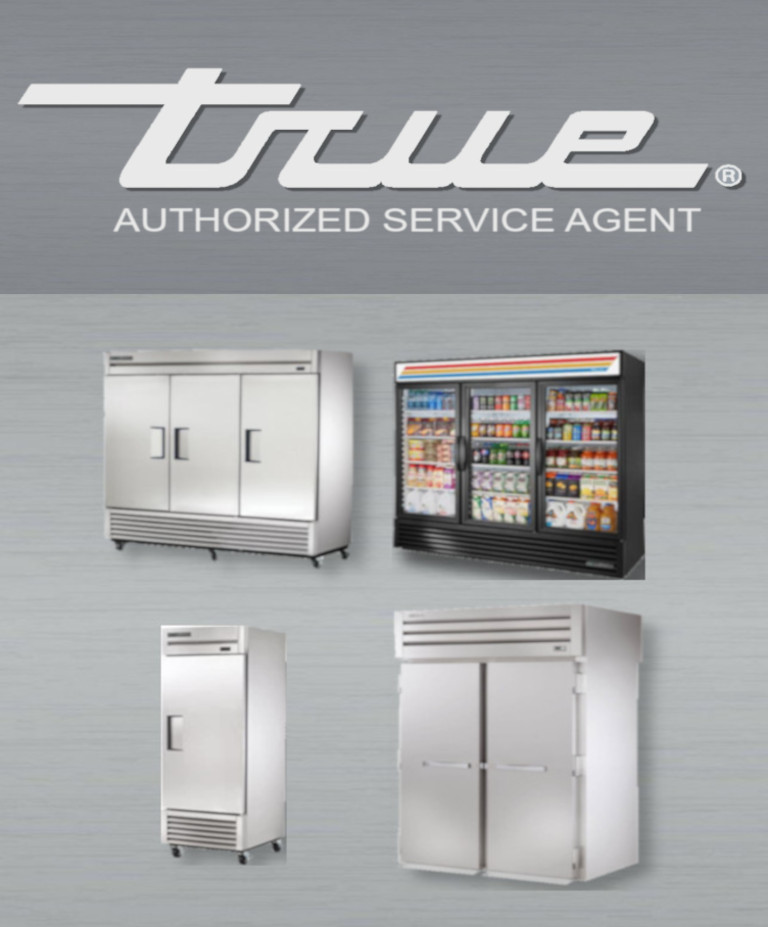The Ultimate Guide to Do It Yourself Home Appliance Fixing Techniques
From refrigerators to dish washers, comprehending exactly how to fix and repair these devices can save you time and money. Are you all set to uncover necessary methods that will equip you to handle fixings with confidence?
Comprehending Usual Device Issues
When you rely upon your home devices, it can be frustrating when they instantly quit working or act up. Recognizing usual appliance problems can help you fix concerns efficiently. If your refrigerator isn't cooling down, examine the temperature level setups or evaluate the door seal for spaces. A defective cleaning maker could be due to a stopped up drainpipe filter or a damaged belt.
If your stove isn't home heating, defective components or thermostat concerns could be to blame,. Dishwashing machines commonly experience issues with drainage, so make certain the filter is tidy and the drain tube isn't kinked.
Additionally, pay attention for unusual audios; they usually show mechanical problems. By recognizing these signs, you can conserve time and potentially stay clear of costly repairs. A little understanding goes a long means in preserving your appliances, so remain notified to maintain whatever running smoothly.
Necessary Devices for DIY Repairs
Before diving into DIY appliance repair services, it's essential to collect the right tools to assure the procedure goes smoothly. Beginning with a great collection of screwdrivers, including both flathead and Phillips, as they're essential for opening up most appliances. You'll likewise want a pair of pliers for gripping and turning cords or small elements.
Do not fail to remember a multimeter; it aids you test electric parts and diagnose concerns effectively. An outlet set comes in handy for loosening up or tightening screws, while an utility blade can be helpful for opening or reducing wires product packaging.
Finally, think about having a flashlight accessible to illuminate dark areas inside your home appliances. With these essential devices, you'll be fully equipped to tackle numerous repairs, saving both money and time. So, collect your equipment and prepare to roll up your sleeves!
Safety First: Preventative Measures to Take
Prior to you start any type of appliance repair work, it's important to prioritize safety. Make sure you use personal safety equipment, disconnect the source of power, and keep your work location arranged. These basic preventative measures can aid avoid accidents and ensure a smoother repair service process.

Personal Protective Tools
Security gear is an important part of any type of DIY home appliance repair work task. Steel-toed boots are likewise a wise selection, specifically when lifting hefty home appliances. Remember, being prepared with the right equipment keeps you secure and concentrated on finishing your repair service efficiently.
Power Source Interference
To assure a secure DIY appliance repair work, detaching the source of power is vital. Before you begin any work, you should turn or unplug the device off the breaker. This basic action protects against electrical shocks and warranties that you can focus on the repair without stressing over unintended activation. Always double-check that the device is off by evaluating it with a voltage tester. If you're managing bigger home appliances, like a washing machine or dryer, make certain to safeguard the power cable and avoid any call with water. Remember, safety! As soon as you're confident that the power is separated, you can confidently wage your repairs, knowing you have actually taken the essential precautions to shield on your own.
Job Area Company
An efficient job area can make all the difference in your DIY home appliance repair work project. Begin by removing your workspace of clutter to stop accidents and disturbances. A clean space not only enhances performance yet likewise keeps you risk-free while you work on your device repair work.
Step-by-Step Guide for Fridge Repairs
When your refrigerator starts breaking down, it can be discouraging, yet taking on the problem on your own can save you money and time. Initially, disconnect the fridge to assure safety and security. Inspect for usual problems like temperature level fluctuations or uncommon sounds. If it's not cooling, check the thermostat settings; they might be set also high. Next off, tidy the condenser coils, which usually collect dust and particles. For a loud refrigerator, inspect the follower and verify it's not obstructed.
If there's water pooling inside, inspect the door seals stove element replacement for damage or dirt, and clean them if required. When you've resolved the issue, plug the refrigerator back in and check it for a couple of hours.
Fixing Washing Machine Problems
Similar to refrigerators, cleaning makers can provide their own collection of challenges, but several problems can be resolved with a little bit of troubleshooting. If your machine won't begin, check the gas stove repair at home power cable and validate it's connected in. Next, check the door latch; a faulty latch can protect against the cycle from beginning. If you see unusual noises during operation, it might be due to international items stuck in the drum or the drain pump.
Tightening these can frequently resolve the issue. Routine maintenance, like cleaning the filter, can prevent many concerns from emerging.
Repairing Stoves and Ranges
Just how can you repair typical problems with your oven or cooktop? Start by checking the power supply. Make certain it's plugged in and the breaker is not stumbled. If it's a gas oven, confirm the gas valve is open. Next off, examination the burners: if they don't stir up, cleanse the igniter and check for clogs in the heater ports.
If your stove isn't heating, check the temperature settings and validate the door seals firmly. A damaged burner can likewise be the perpetrator; you could need to change it if it's damaged.
For irregular food preparation, rotate your pans and think about making use of an oven thermostat to confirm exact temperatures. If you listen to unusual sounds or odor gas, transform off the appliance promptly and speak with an expert. By adhering to these steps, you can recognize and fix many common stove and cooktop issues effectively.
Fixing Dishwashing Machines Facilitated
When your dishwashing machine begins acting up, it can be aggravating, however resolving common problems isn't as tough as it appears. You'll find out detailed troubleshooting approaches that will help you pinpoint the issue, together with the crucial tools you'll need to deal with repair services on your own. Allow's make repairing your dish washer a wind!
Common Dishwashing Machine Problems
While dish washers are designed to make your life simpler, they can often face usual concerns that leave you really feeling irritated. One regular issue is bad cleaning performance; this typically occurs because of clogged up spray arms or unclean filters. you could try this out You could additionally observe water merging near the bottom, which can suggest a malfunctioning drainpipe or a kinked pipe. If your dish washer's door will not latch, maybe an easy issue with the lock mechanism or door seal. Additionally, strange sounds can signal damaged parts or loosened parts. Ultimately, if you smell something weird, it may be time to inspect for food particles or a malfunctioning electric motor. Attending to these issues early can conserve you time and problem in the future (Dependable Refrigeration & Appliance Repair Service SubZero Repair).

Detailed Troubleshooting
Before diving into fixings, it's crucial to determine the specific concern your dishwasher is dealing with. Start by examining if it's unclean properly. Check the spray arms for clogs and warranty they spin easily. Take a look at door seals and hoses for any kind of damage if it's dripping. For weird noises, pay attention very closely during cycles; international things might be embeded the filter or impeller. Check the power supply and door latch if your dishwashing machine will not begin. Do not neglect to consult your customer guidebook for fixing pointers details to your model. By carefully dealing with each possible concern, you can pinpoint the issue and take the needed actions to repair it, making your dishwasher function like brand-new once again.
Important Repair Service Devices
When fixing your dish washer,Having the right tools at your disposal can make all the distinction. Beginning with a screwdriver collection, as you'll often need both Phillips and flathead choices. A multimeter's crucial for detecting electric concerns, while pliers can assist you hold and manipulate various components. Do not neglect a pail or towels for any kind of water splashes throughout repair services.
You could likewise desire a level to assure your dishwasher's properly lined up. With these vital devices, you'll be fully equipped to take on any dish washer repair obstacle that comes your way.
Regularly Asked Questions
Exactly how Do I Determine if a Home Appliance Deserves Repairing?
To establish if an appliance's worth repairing, consider its age, fixing costs, and present worth. If repair work surpass half the replacement expense, you might desire to purchase a brand-new version rather.
Can I Find Replacement Parts Locally for My Device?
Yes, you can typically discover replacement parts locally for your device. Examine equipment shops, home appliance service center, or local classifieds. Don't neglect to bring the version number to assure you obtain the right part!
What Typical Mistakes Should I Avoid When Fixing Devices?
When fixing home appliances, avoid rushing via diagnostics, disregarding security precautions, or using wrong tools. Don't miss checking out manuals or watching tutorials; they provide necessary support. Be individual and complete to ensure successful repair services and avoid further damage.
The length of time Does a Regular Do It Yourself Appliance Fixing Take?
A normal DIY device repair work usually takes one to 3 hours, depending on the intricacy. You'll wish to gather your products and tools initially, and follow guidelines very carefully to avoid unneeded delays.
Are There Any Type Of Warranties for Do It Yourself Home Appliance Services?
When you deal with do it yourself home appliance repairs, service warranties generally do not cover your work. However, some makers might honor warranties for components you replace. Constantly check your home appliance's service warranty terms before beginning any kind of repair services to stay clear of issues.
Prior to diving into DIY device repair services, it's crucial to collect the right devices to assure the process goes efficiently.Prior to you start any type of home appliance fixing, it's vital to focus on safety.To ensure a risk-free Do it yourself device repair, disconnecting the power source is vital.An efficient job location can make all the distinction in your Do it yourself device repair project. Always check your appliance's warranty terms before starting any type of repairs to prevent problems.